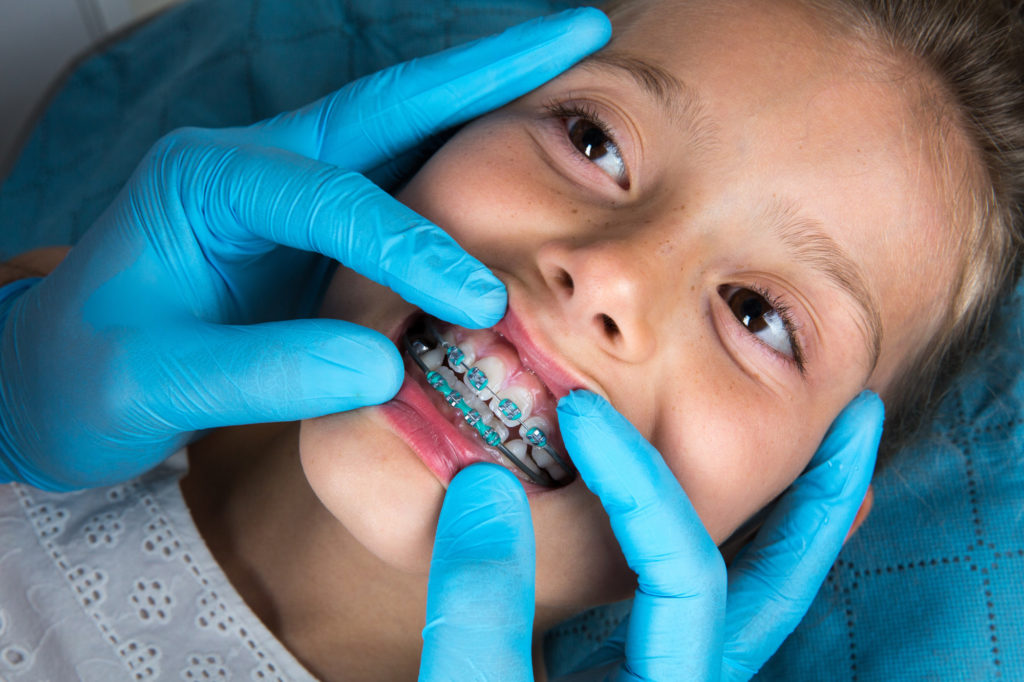Interceptive Orthodontics for Children
Catching Problems Early, Choosing Prevention
Interceptive orthodontics is a specialized branch that aims to identify and promptly correct anomalies in the position of teeth and the development of the jaw bones in growing children. Acting early helps prevent more serious problems in the future, improves oral health, and often makes any later treatments shorter and less complex.


Why Intervene Early? Benefits and Advantages
This approach uses customized removable or fixed orthodontic devices for each young patient. The goal is to guide the growth of bones and teeth harmoniously, addressing:
-
Dental crowding
-
Open bite, deep bite, or crossbite
-
Asymmetrical shifts of the arches
-
Bad habits such as thumb sucking or mouth breathing
Interceptive appliances are generally well tolerated by children, often colorful and fun to wear.
When started between ages 5 and 9, interceptive orthodontics can:
-
Reduce the need for longer and more invasive orthodontic treatments in adolescence
-
Promote harmonious development of the face and smile
-
Prevent chewing, posture, and breathing problems
-
Limit or avoid future extractions of permanent teeth
-
Boost the child’s self-esteem through a healthy smile
Regular check-ups allow us to monitor growth, personalize the path, and motivate the child to take care of their mouth.
FAQ – Frequently Asked Questions
When is the right time to start interceptive orthodontics?
Usually between ages 5 and 9, but the first orthodontic evaluation is recommended by age 6 to assess the need for early interventions.
Are interceptive appliances painful?
No, they are designed to be comfortable and easy for children to adapt to. Some initial mild discomfort is normal but quickly resolves.
Is parental involvement important?
Yes, active family participation is essential for treatment success: motivation, hygiene, and regular check-ups are key.
